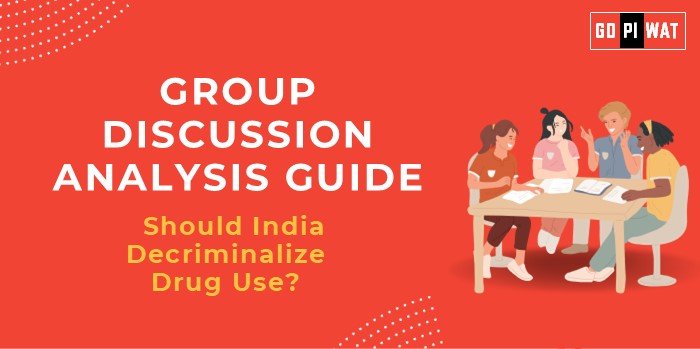🧐 Should India Decriminalize Drug Use?
🌟 Introduction
Globally, nations are reevaluating drug policies, with many shifting focus from criminalization to harm reduction. For India, where 22 million individuals are estimated to use drugs, the debate centers on whether addressing addiction as a health issue rather than criminal behavior could lead to better outcomes.
📊 Quick Facts and Statistics
- 👥 Drug-User Population: Estimated at 22 million (National Drug Dependence Treatment Centre, 2019).
- 🌍 Global Benchmark: Portugal’s decriminalization policy halved drug-related deaths and HIV infections since 2001.
- 💰 Economic Cost: India spends ₹500 crores annually on enforcement, with low conviction rates.
- 🏥 Rehabilitation Gaps: Only 10% of individuals needing treatment receive it due to stigma and resource constraints.
👥 Stakeholders and Their Roles
- Government: Responsible for implementing policies and supporting rehabilitation efforts.
- Law Enforcement: Focuses on controlling drug trafficking but often penalizes minor offenders.
- Health Sector: Manages rehabilitation programs and harm reduction initiatives.
- Civil Society: Advocates for policy reforms and educates communities on drug abuse.
- International Organizations: Offer guidelines and funding, such as UNODC’s balanced approach between enforcement and rehabilitation.
🏆 Achievements and Challenges
🎯 Achievements
- Awareness campaigns like Nasha Mukt Bharat Abhiyaan.
- Increased rehabilitation facilities under national policies.
- Targeted reduction in trafficking in affected regions like Punjab.
⚠️ Challenges
- Weak enforcement with only 8% of arrests leading to convictions.
- High stigma causing societal exclusion and low treatment success rates.
- 20% of prison inmates jailed for minor drug offenses (NCRB data).
🌍 Global Comparisons
- Portugal: Decriminalization has halved drug-related HIV infections and shifted focus to health interventions.
- Netherlands: Combines decriminalization with education to reduce overdose rates.
📌 Structured Arguments for Discussion
- Supporting Stance: “Decriminalization reduces stigma and reallocates resources to rehabilitation.”
- Opposing Stance: “Decriminalization may lead to higher drug use, overwhelming health services.”
- Balanced Perspective: “A hybrid model combining enforcement and decriminalization can address both supply control and health needs.”
🛠️ Effective Discussion Approaches
- Opening Lines:
- “India spends crores on enforcement but achieves limited results—could decriminalization be the solution?”
- “Portugal’s success offers valuable lessons for India’s growing addiction crisis.”
- Counter-Argument Handling: Acknowledge concerns about increased usage but highlight global evidence of reduced harm post-decriminalization.
📈 Strategic Analysis: SWOT
- Strengths: Evidence of reduced harm in countries with decriminalization.
- Weaknesses: Risk of misinterpretation and cultural resistance.
- Opportunities: Better resource allocation to health and education sectors.
- Threats: Potential misuse and inadequate safeguards.
💡 Connecting with B-School Applications
- Real-World Applications: Public health campaigns and policy reform projects.
- Sample Interview Questions:
- “How can decriminalization strengthen India’s healthcare system?”
- “What lessons can India learn from Portugal’s approach?”
- Insights for Students: Explore intersections of public policy, resource management, and healthcare innovation.


